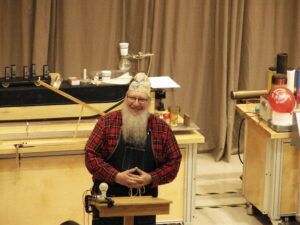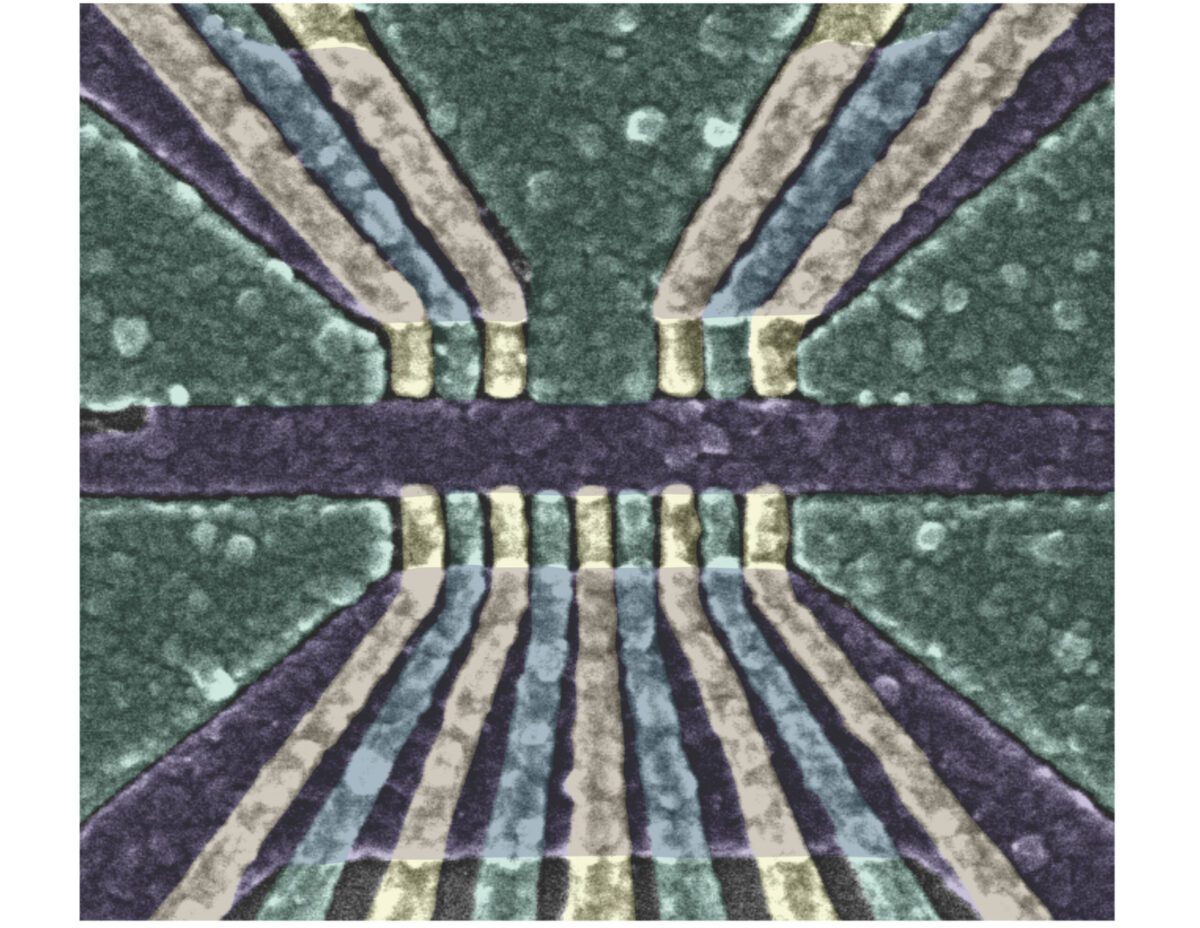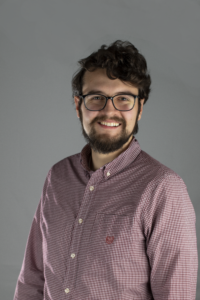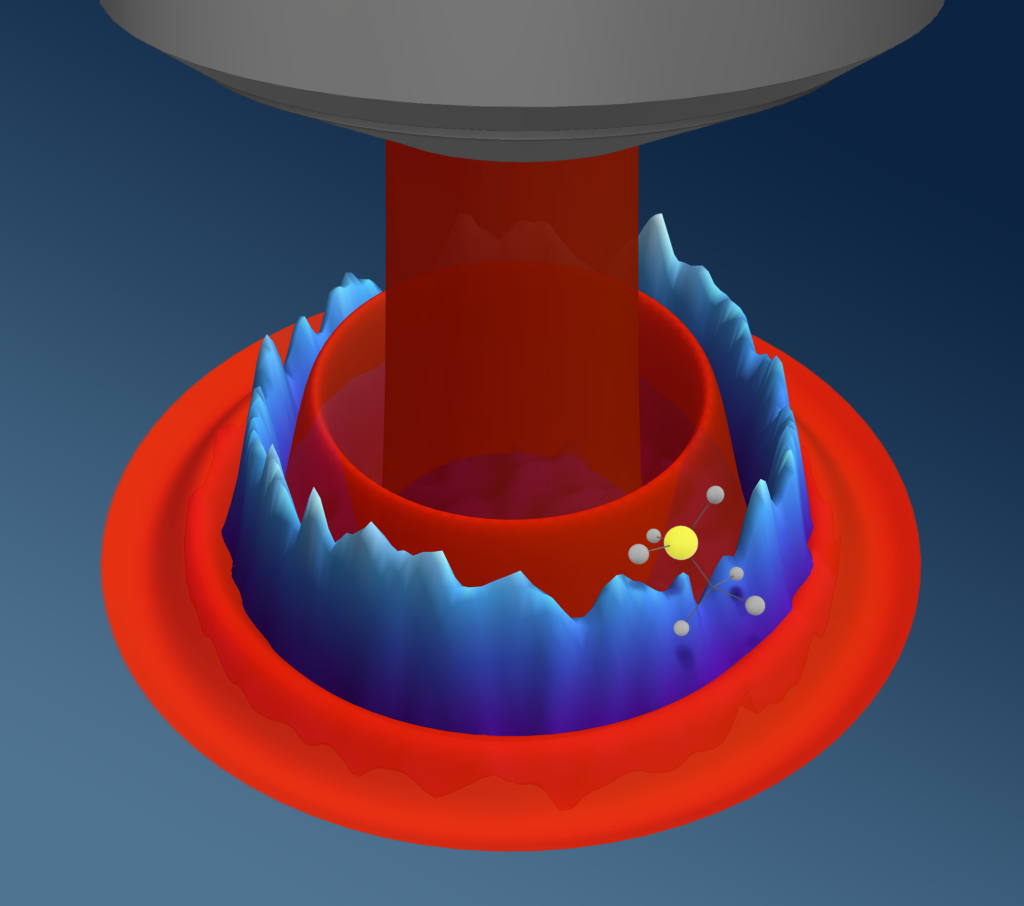The Department of Physics mourns the loss of Peter Weix, who passed away January 13, 2023.
Peter began his career as an electronics technician in the U.S. Navy in 1984, where he served until 1990. Following his Navy service, he worked as an electronics technician for several companies in California before joining the SLAC National Accelerator Laboratory at Stanford. At SLAC he was a Senior Technician with involvement on both the Stanford Synchrotron Radiation Lightsource and what is now the Linac Coherent Light Source. He also served as a Safety Officer with special emphasis on earthquake safety. Peter and his wife, Sheri, relocated to Wisconsin in 2001 so that Peter could join the Plasma Physics Group at UW–Madison where he worked for more than 20 years and advanced to Senior Instrumentation Specialist.

Peter’s work responsibilities at UW spanned a diverse range of technical operations for both the Madison Symmetric Torus (MST) and the Big Red Plasma Ball (BRB), two intermediate-scale experimental facilities for plasma physics research. He oversaw the mechanical and electrical aspects of the MST facility and its high-voltage pulsed-power systems, making sure the facility functioned as required, both technically and safely. He also oversaw all aspects of the high vacuum systems for both MST and BRB. There are many researchers, both in the local group and visiting collaborators, who relied on Peter’s efforts to make sure research projects stayed on track. Additionally, Peter directed key parts of large construction projects, such as the new programmable power supplies that replace MST’s passive capacitor-inductor circuits.
Peter’s involvement with plasma physics research included supervision of around 4-6 undergraduate students at any given time; he mentored an estimated more than 50 students during his time here. The students came from many areas of study, not just science and engineering, and rarely joined the group with the specific skills required to support research activities. Peter welcomed them into the department and provided them all with on-the-job training, teaching them skills and tricks of the trade to allow them to grow and become valuable members of the team.
In addition to his dedicated service to the plasma group, Peter recognized the importance and value of physics outreach. He became a vital member of The Wonders of Physics program for over twenty years. His involvement started when one of the participants was suddenly unavailable at the start of one of the public shows. Peter saved the day by learning on the fly how to operate the complicated audiovisual system. His performance under pressure was impressive, and he was then asked to be the coordinator and main announcer for the approximately 200 shows that followed. Through the years, he provided ideas, elaborate props, personnel, wisdom, and a calming influence on the entire cast. He spent countless hours volunteering his time to the program.
In recognition of his many contributions to the department and university, Peter was awarded the 2022-23 George Ott award for staff excellence, the only department-level staff award given. He will be recognized at the annual Awards and Scholarship banquet in May.
Please visit the department’s tribute page to Peter Weix to submit and/or read stories from Peter’s colleagues.
Profs. John Sarff and Clint Sprott contributed to this piece


